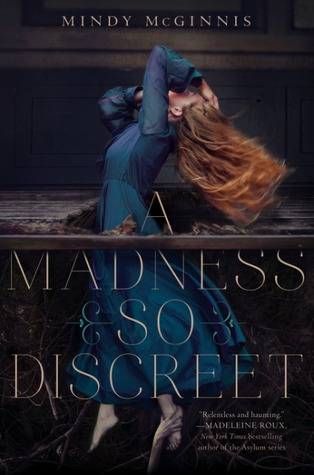Since this is sliding into over a week overdue, I will keep it short and sweet.
In my mind Beautiful Blue World was a historical fiction book until I read the names of the different nations. I then told myself that maybe these were areas of Europe from World War II that I was not familiar with. Then, it became apparent that this was not historical fiction, but instead a dystopian novel. Yet the cover looks to be so innocent and childlike with the two young girls in blue hued dresses in the snow. I will just just give you the Lisa synopsis:
Please pay special note to her closing comment. Humpf. The group was in agreement (well except for Lisa) that the book dragged at times and that although interesting, we were not sure which of our readers would be inclined to pick up this book. The ending left a lot to be desired. I think this book would fit in a 6-8 classroom, but the audience would be slim. A few of us said we may consider reading the next book.
Drowned City is a historical graphic novel that details the events surrounding Hurricane Katrina. It is interesting because the novel does not have a main character, but instead goes through the disaster in a sort of day by day, moment by moment way. I would like to call myself knowledgeable about this particular event, having had my father working abroad just outside of New Orleans for three years and getting to visit the area multiple times a year, and I felt like Brown did a great job showing all sides of the disaster; from the perspective of the people and the government. The dreary color palette lends itself well to the story. I liked that Brown included the story lines of the people who came with their own boats to rescue people, how many police officers ended up evacuating themselves, and the pain of having to leave pets behind.
This book does its job: explains a historical event to a generation of students who may not know it existed, using images and text in a succinct way. I think it would be wonderful to pair with novels such as Zane and the Hurricane or Upside Down in the Middle of Nowhere.
The only place I felt it was lacking was the afterwards. The resiliency and spirit of the people of New Orleans was not included, the thing that makes them so endearing still to this day. I am sad it didn't have a place.
If you are interested, I suggest Spike Lee's documentary When the Leevees Broke: a Requiem in Four Acts.
In sum, we feel important historical events like Hurricane Katrina deserve a place in our discussion of history, so deserves to go forward.






















